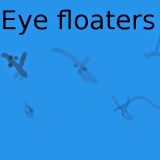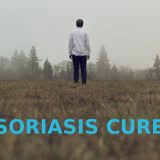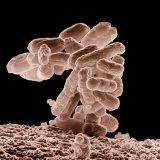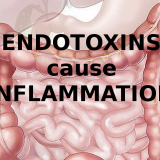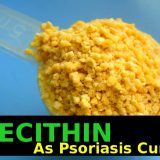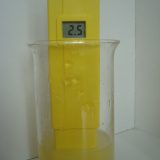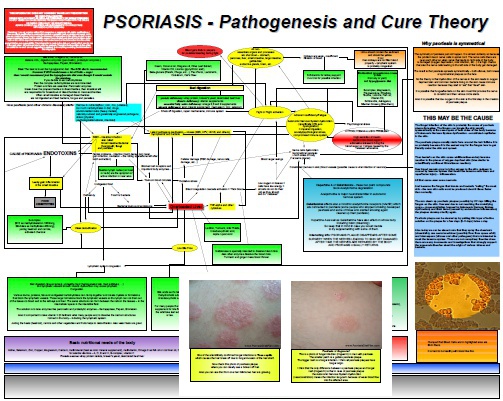The Facts Which Link Psoriasis (Just Like Many Other Illnesses) to (Cell Wall-Deficient) Bacteria/Mycoplasma/Virus
Psoriasis on scalp and face. I think that scalp psoriasis is common because there is constantly less oxygen in the skin due to the hair. Also it is very possible that the hair follicles/sebaceous glands can have a significant effect in the pathogenesis. But still the cause is some pathogen. the plaques have round shape and are growing from the center; the same effect as you can see in petri dish where bacteria are grown (cultured) the plaques are spreading…

